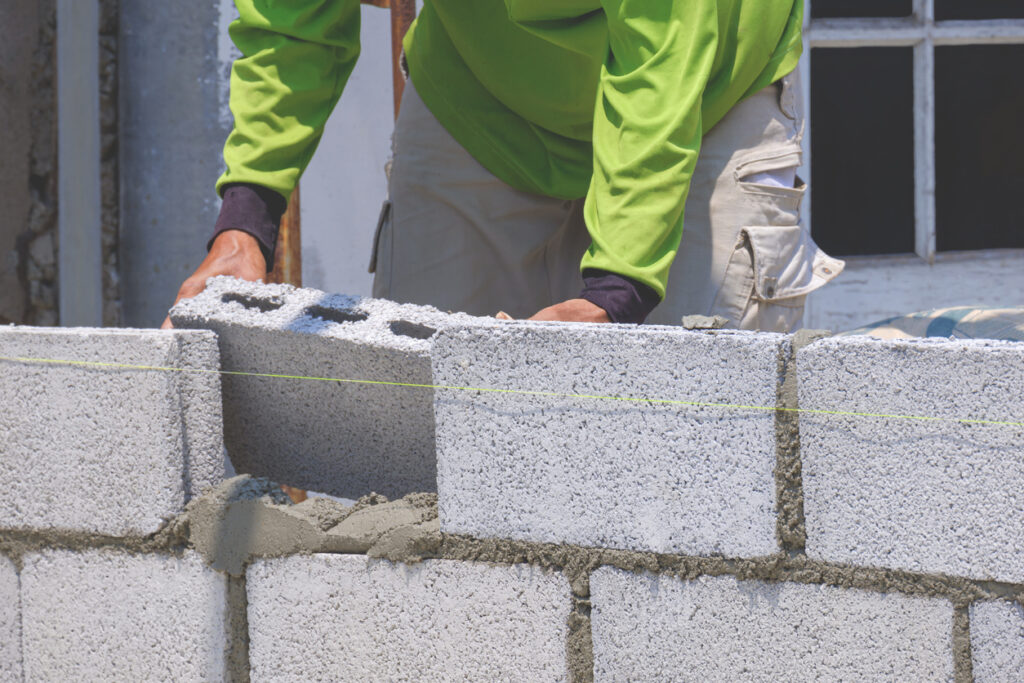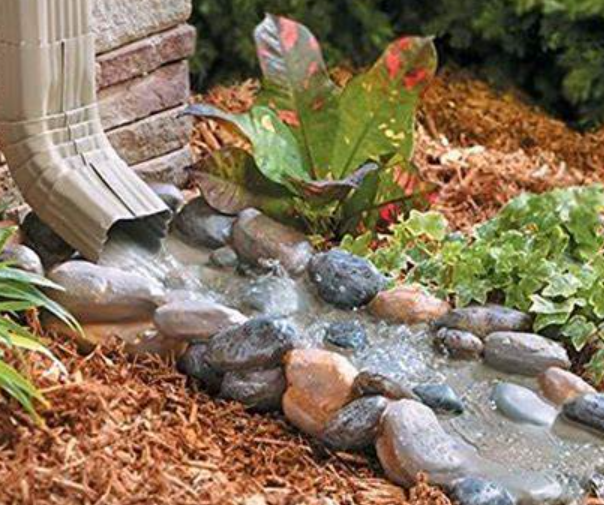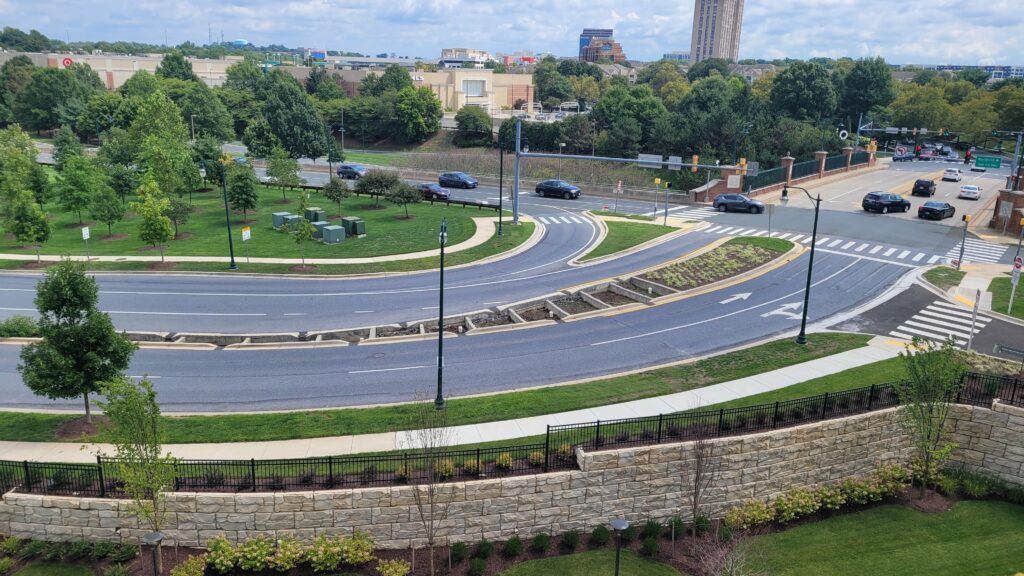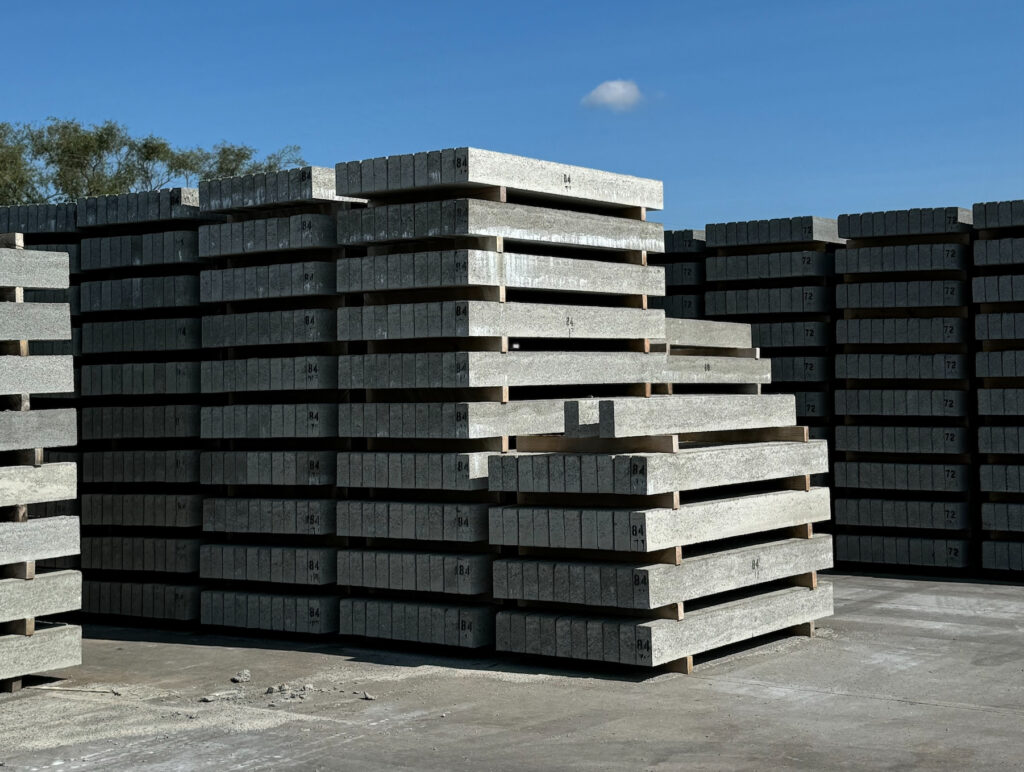Future of Concrete
The start of a new year it’s always fun to take stock of where we are and look ahead at what might be coming just over the horizon. I’ve been fortunate enough to have been paid to do this for the better part of my career. That being said, my prognostications have yet to win me the lottery or the stock market. Let alone win a bet about self-driving cars.
Near Term Excitement- What is coming now and will have tangible impacts by 2026.
- Electrified Vehicle Chassis- Simply put we in concrete and construction have a lot of big trucks and bigger fuel bills. Building on their successes of passenger vehicles (or sometimes starting with this market) there is a big push to get electric front loaders and mixers.
- Fiberglass Rebar (GFRP)- Steel is heavy and corrodes. It’s also about 1/4 of the carbon intensity of reinforced concrete. Switching to fiberglass rebar (as many DOT’s have done or about to do) makes structures last longer, saves money on materials and labor, and is a 93% reduction in CO2 emissions.
- MST Bar– is our preferred vendor. They are responsive, priced-to-sell, domestic, and most importantly they know the product.
Medium Term Excitement- Where there is proof, but not scale. So maybe 2030
- Low-Carbon Cement (incl. Cement Alternatives). Concrete is stuck in a bit of bind as most of the sustainability challenges pertain to the use of cement as a binder. There are a lot of ideas coming and a few of them seem to be moving along. I will stress that getting enough financial runway to get to scale is challenging. Ultimately I think many of them make it, but as divisions as part of larger companies whose names we already know well.
- Supplementary Cementitious Materials. This area has been ripe with innovation, with folks identifying, verifying, and sourcing materials that can function as binders. The push in the medium term is going to be from products that can partially replace ordinary Portland cement (OPC) to products that can fully replace OPC: see Terra CO2. These products will have to battle not only scale and cost, but also codes that while not exclusionary are not inclusive either.
- Direct Ordinary Portland Cement replacements. Products from companies like Brimstone and Sublime Systems meet existing ASTM standards for cement. This is great because you just have to prove compliance, and not reengineer the codes. The question with them is going to come down to can they scale, and most importantly at what price. Concrete is a premium product, but it does not have a premium price point. And unless there is a carbon tax, there will be no green premium.
- Better Bricks and Blocks- I’ve separated these out because this category results in products not feedstocks. With that in mind a few companies have been tackling a few issues at the same time.
- Claybens– this product uses clay that has been contaminated with PFAS. These chemicals are very expensive to separate from soils and water because they are inert. Anything that takes this hazardous waste and turns it into something remotely saleable, could get out of what might other be a very niche market.
- Biomineralization- By using algae and other micro-organisms you can effectively grow limestone and rock. At a basic level this material can substitute for concrete products. That is what companies like Prometheus have demonstrated and are trying to scale up.
- These technologies are going to be hamstrung by two things 1) Scale- we’ve been trying for decades to scale algae production and simply have not been able to swing it as anything other than a specialty food product. For fuels or commodity goods 30+ years of really focused development work has not resulted in success. 2) Freeze-thaw. When living organisms decay they give off a lot of nasty smells including a large amount of sulfur.
Not Exciting- Wish these things would stop sucking up oxygen
- 3D Printing with Concrete- one of the great features of additive manufacturing (aka 3D printing) is the ability to make special shapes/features (high surface area heat exchangers) or one off parts. Simply put construction has been simplified, modularized, and commoditized to a point that the value proposition just isn’t there. It is really cool and nifty, but it’s a cool and nifty technology looking for an application.
Shout out to a few good articles on these topics, if you want to read more:
- Dezeen: Top 10 Innovative Materials of 2023
- Canary Media: 6 innovative startups that are kicking CO2 out of cement and concrete

VP of Business DevelopmentAaron Fisher
Latest News

How Long Does Type S Mortar Take To Cure?
Like all mortars, Type S mortar requires careful attention during the curing process to reach its full strength. This isn’t […]

Decorative Downspout Splash Block Ideas For A Stylish Exterior
Creating a stylish exterior involves paying attention to the smallest details, and downspout splash blocks can make a surprising difference. […]

A Stormwater Compromise to Nowhere
I went to visit my grandmother at her new apartment and drove past an atrocity of a stormwater/transportation compromise. It […]

Choosing The Right Size: Your Essential Concrete Lintel Size Guide
Choosing the right size for a concrete lintel is a critical decision that can significantly impact the structural integrity of […]
